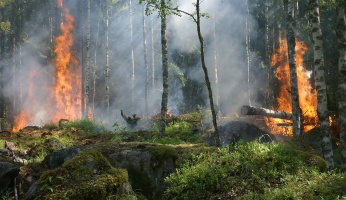Altitude Sickness: Symptoms & Treatment Options
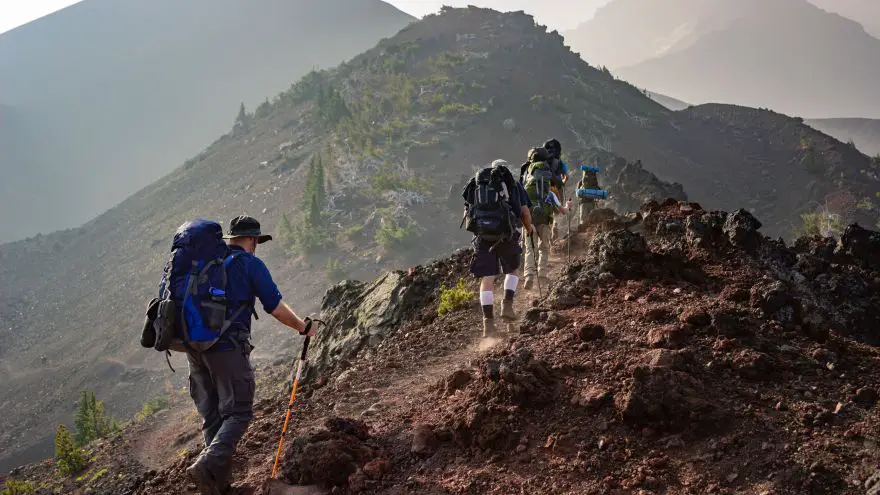 Altitude Sickness: Symptoms & Treatment Options
thegearhunt.com
Altitude Sickness: Symptoms & Treatment Options
thegearhunt.com
When it comes to altitude sickness, you need to know the golden rules. They are:
- If you don’t feel right, consider it to be altitude sickness until it is disproven.
- Don’t go any higher if you are experiencing symptoms of altitude sickness.
- If your illness is getting worse, you should seek a lower elevation immediately.
Don’t Die from It
Each year, people die from what is known as altitude sickness. Each one of these deaths could be prevented. If you will be traveling higher than 2500m, or 6000 ft, you need to read this article and tell anyone you will be traveling with about it. It could be the one thing that saves your life.
What Is It?
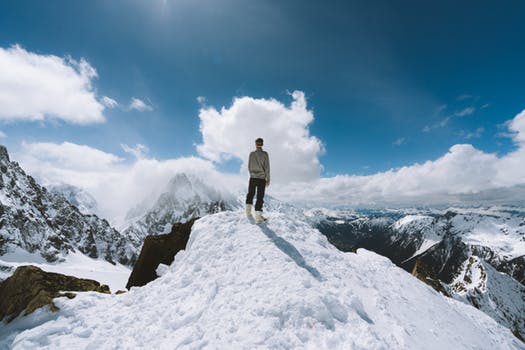 There are 3 different forms of altitude sickness. A mild form is what is known as AMS, or Acute Mountain Sickness. This is akin to a simple hangover – symptoms include fatigue, nausea, and a headache. This form is quite common, and some will only be affected a bit while others will feel terrible. The thing is, if you are suffering from AMS, you need too take it as a harbinger of the more serious forms of sickness from altitude. Those are HAPE and HACE. Both of those forms can be fatal in only a matter of hours.
There are 3 different forms of altitude sickness. A mild form is what is known as AMS, or Acute Mountain Sickness. This is akin to a simple hangover – symptoms include fatigue, nausea, and a headache. This form is quite common, and some will only be affected a bit while others will feel terrible. The thing is, if you are suffering from AMS, you need too take it as a harbinger of the more serious forms of sickness from altitude. Those are HAPE and HACE. Both of those forms can be fatal in only a matter of hours.
HAPE
This is the form of altitude sickness where there is too much fluid in the lungs and it causes you to be breathless. Even if you are on top of Mt. Everest, you shouldn’t feel breathless if you are resting. If you are, it needs to be taken as a serious sign of altitude sickness that can quickly lead to death. This form can also cause you to have a fever and to cough up sputum that is frothy. HAPE AND HACE will often occur simultaneously.
HACE
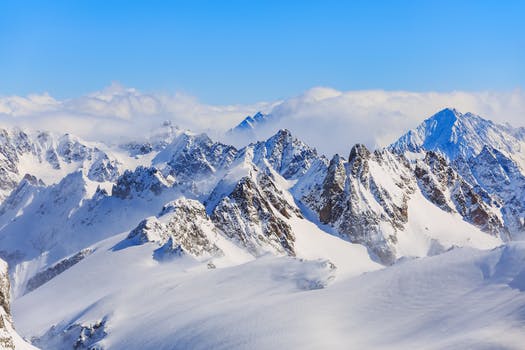 This is where there is fluid on your brain. It can cause things like stumbling, clumsiness, and confusion. The first signs might be behavior that is uncharacteristic – such as violence, excessive emotion, or laziness. Shortly before death there will be drowsiness and a loss of consciousness.
This is where there is fluid on your brain. It can cause things like stumbling, clumsiness, and confusion. The first signs might be behavior that is uncharacteristic – such as violence, excessive emotion, or laziness. Shortly before death there will be drowsiness and a loss of consciousness.
Treating HAPE and HACE
- An immediate descent to a lower altitude is critical
- Acetazolamide and dexamethasone, if available, should be given
- Oxygen gas and pressure bags might buy a bit of time
What Causes It?
There are just two things that can make this type of sickness a possibility – ascending at a rate that is faster than 500m each day, and vigorous exercise. Even those who are extremely physically fit aren’t protected – even Olympic athletes have been known to get this malady. It happens simply because the higher you go, the less oxygen that is in the air you breathe, and your body needs time to adjust to that.
Prevention
Take it easy, ascend at a slow, measured pace, and allow your body to have the time that it needs in order to acclimate to the altitude. The body has quite an amazing ability to do this, but it does take time. As an example, it will take around a week to get your body used to an elevation of 5000m.
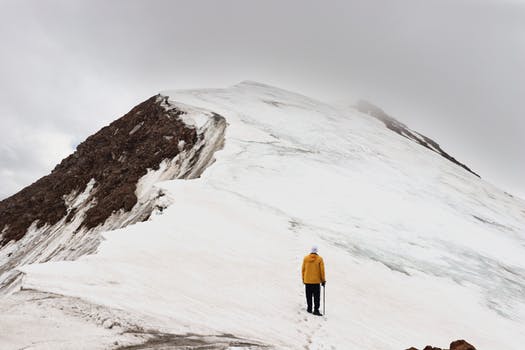
Are There Drugs that Prevent It?
Just as it is with everything else these days, there are ‘quick’ treatments along with herbal remedies that haven’t been tested but that claim to prevent it. However, these things can have other side effects that are just as dangerous as well as making the altitude sickness worse. In fact, many of the herbal remedies are actually poisonous. There is a single drug that is known to be able to prevent altitude sickness. It is Diamox, or acetazolamide. This drug does cause a few minor side effects, like having a funny taste in your mouth and a tingling sensation in the fingers.
Where Does It Occur?
Most of the time, people can be well up to altitudes of 2500m. This is an elevation that is equivalent in barometric pressure to that of a pressurized airplane cabin. That being said, even at about 1500m you might feel more breathless than usual while exercising and your night vision may also be impaired. When you get higher than 2500m, your symptoms will begin to be quite a bit more noticeable.
Are There Other Names for It?
The AMS form, or Acute Mountain Sickness, is referred to – even in this article – as altitude sickness or even mountain sickness. In South America, you may hear it being referred to as Soroche.
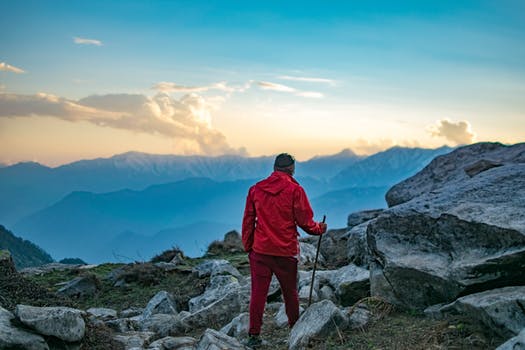
How are Symptoms Measured?
Most of the time, the main symptom will be a headache. Most people also go through a bit of nausea and vomiting, poor sleep, dizziness, and lethargy. The symptoms are similar to those of a hangover. This illness can be diagnosed using a self-assessment type score sheet. Basically, if you have ascended to an elevation of 2500m or more recently, are suffering from a headache, and your complete score is over 3 points on the score sheet, the chances of you having altitude sickness are 99%.
Who Gets It?
Anyone who ascends to altitudes that are higher than 2500m is a candidate for this malady. Typically, it won’t be noticeable until you have been that high for at least several hours. Some of the mystery of this illness is that it can be a trial to predict who can and will be affected. There are quite a few stories of healthy and fit individuals who have been limited by the symptoms of it, while those who are older or less fit and healthy have been unaffected.
There are quite a few factors that have been linked to higher risks of developing altitude sickness. The higher and faster you go, the more likely you are to develop it. If you have suffered from this condition in the past, the chances are good that you will get it again when you go above the recommended altitude. People who are older don’t tend to get this condition as often – this might be due to the fact that they ascend less quickly.
What Causes It?
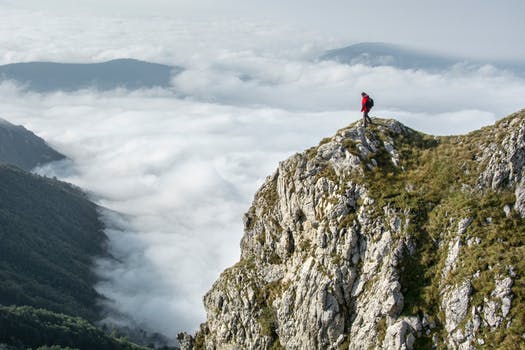 At high altitudes, there is less oxygen in the air we breathe. This means that it isn’t surprising that traveling to those higher altitudes can leave people feeling ill. However, how the lack of oxygen leads to this sickness is not truly understood. There are a few scientists who believe that it has to do with the brain swelling, but the evidence for this has not been conclusive. According to this theory, swelling of the brain in those who are susceptible to altitude sickness can lead to an increase of the pressure inside the cranium, and this could lead to the symptoms of AMS. This swelling might be because of the blood vessels in the brain leaking or because of an increase in the flow of blood to the brain.
At high altitudes, there is less oxygen in the air we breathe. This means that it isn’t surprising that traveling to those higher altitudes can leave people feeling ill. However, how the lack of oxygen leads to this sickness is not truly understood. There are a few scientists who believe that it has to do with the brain swelling, but the evidence for this has not been conclusive. According to this theory, swelling of the brain in those who are susceptible to altitude sickness can lead to an increase of the pressure inside the cranium, and this could lead to the symptoms of AMS. This swelling might be because of the blood vessels in the brain leaking or because of an increase in the flow of blood to the brain.
Treatments for AMS
When it comes to AMS, it is better to try to prevent it than it is to attempt to treat it. Following those golden rules that were mentioned above means that your body should be able to acclimatize itself as you ascend so that you will be not as likely to develop it. That being said, if you have to ascend at a faster pace, you might consider taking a few doses of acetazolamide first. There is evidence that this drug will reduce the symptoms of this malady, even though some of the side effects are a bit bizarre, as mentioned earlier.
Just as it is with any type of altitude sickness, if you have this condition, the best way to treat it is to descend to a lower elevation. Painkillers might be able to ease the grip of your headache, but they won’t treat the actual condition. The drug we just discussed can be helpful, especially for those who need to remain at their present altitude and taking a break and resting for a few days might also give your body the time it needs in order to acclimatize. However, you should NEVER continue to ascend if you are experiencing symptoms of AMS.
If someone you are traveling with is showing symptoms of this condition, and becomes unsteady or confused, or begins vomiting or complaining of a headache, they might have contracted a condition known as HACE or one known as HAPE. Both of these are life threatening.
HAPE
HAPE involves a buildup of fluid in a person’s lungs that prevents the spaces for air from opening and filling with fresh air when you breathe. When this occurs, the patient becomes progressively more oxygen deficient. This makes the fluid buildup in the lungs even worse. HAPE has been known to be fatal within just a few hours.
Symptoms
This condition tends to develop after spending 2 or 3 days above an altitude of 2500m. Generally, the patient will be quite a bit more out of breath than everyone else, especially when they are moving. Most of them will also have AMS symptoms. They may also have developed a cough that might produce pink or white frothy sputum. Their being out of breath will get worse to the point where they are even out of breath while they are resting. The pulse might be rapid, their lips might turn blue, and they may develop a fever. It can be easy to confuse HAPE symptoms with those of a chest infection. However, at high altitudes, HAPE is what needs to be suspected and whomever is affected needs to immediately get to a lower elevation.
Who Gets It?
It is unfortunately impossible to predict who is susceptible to this condition. However, it is known that those who have been affected by it previously will be more likely to develop it again if they go to higher elevations. For that reason, there has to be some factor that means that certain people have a high risk of developing the condition. That being said, there are a few risk factors that are known. Ascending to a high altitude quickly is one thing that will make the condition more likely. Another thing thought to make it more likely is vigorous exercise. Anecdotal evidence has also suggested that those with symptoms of a cold or with chest infections might be at a high risk.
What Causes It?
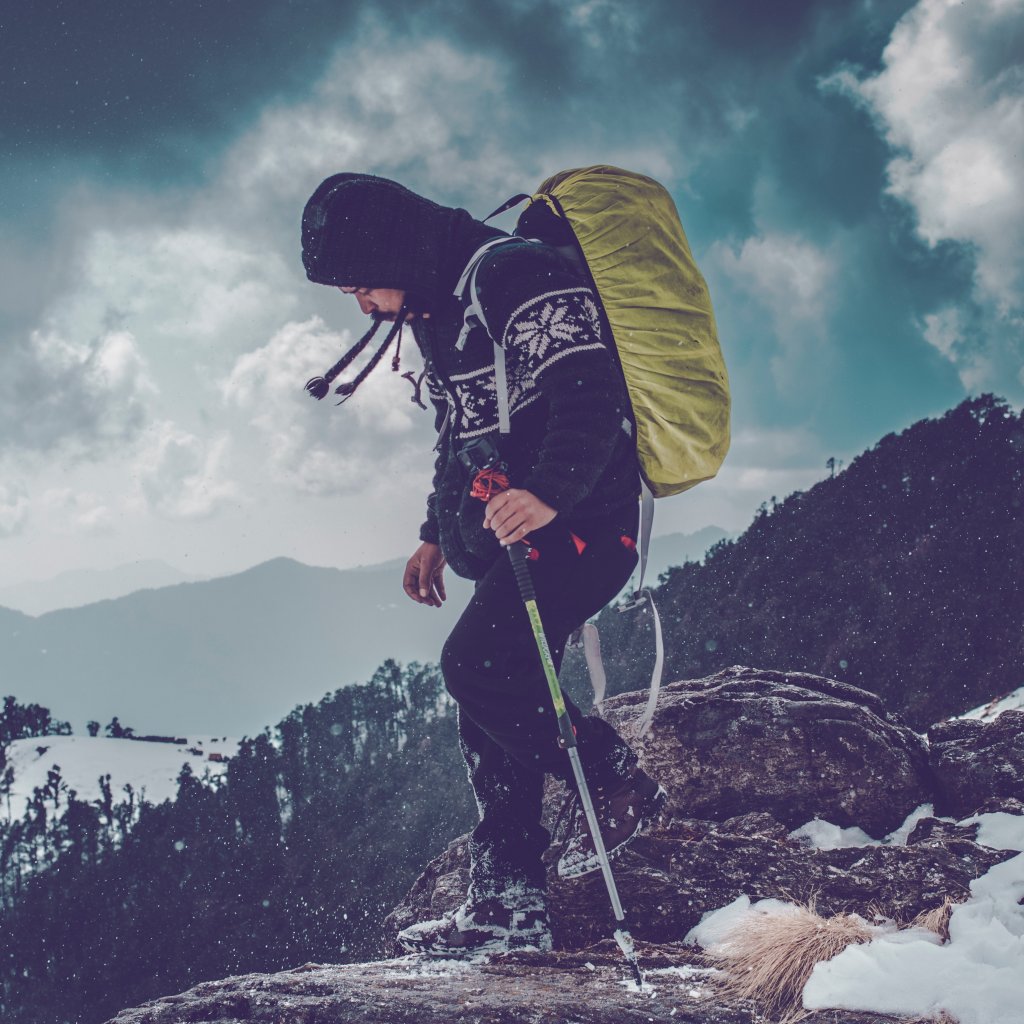 Even though this condition has been carefully researched for many years, the causes of it remain undiscovered. As with quite a few biological processes, there are many different factors that can play a role with this condition and evidence that supports a number of the theories regarding how the additional fluid gets into the lungs to prevent the oxygen from getting into the bloodstream.
Even though this condition has been carefully researched for many years, the causes of it remain undiscovered. As with quite a few biological processes, there are many different factors that can play a role with this condition and evidence that supports a number of the theories regarding how the additional fluid gets into the lungs to prevent the oxygen from getting into the bloodstream.
Typically, oxygen will get into the bloodstream and supplied to your body by your lungs. Every time you take a breath of air that air goes into tiny air pockets that are at the end of all of the airway branches in the lungs. Simultaneously, the blood from your heart will be brought to these air pockets as well. This allows for the oxygen to move to the blood while the waste gases get out of it. The blood that is rich in oxygen will then return to your heart and be distributed to the rest of your body. If you happen to inhale something into your lungs, it might be stuck in one of these branches of airways. Little oxygen would then be able to get to the air pockets on that branch. In order to protect that area of your lung from supplying the heart with blood that hasn’t been oxygenated, the blood vessels in that area will constrict or close down. Typically, this would be a good thing and a prime example of how the body can protect itself.
However, when you are at high altitudes, this is the same thing that causes HAPE. The difference is that the entire lung is oxygen starved. The entire lung will react in just the same way – by the constricting of the blood vessels, this time in the entire lung as opposed to just a small part of it. The blood that is in these constricted vessels will be squeezed and the pressure will go up, forcing the fluid out of the blood itself and into those air pockets in the lungs.
Very reactive and dangerous substances will be formed in the blood when it is oxygen starved, and these substances can cause direct damage to the membrane between the blood and air in the lungs, causing even more fluid leakage and worsening the condition.
If you want to make sure that you don’t develop these conditions while you are climbing, be sure to follow the golden rules, allow your body to acclimate before climbing higher, and climb no more than 500m a day. It could save your life.
Sources
- You Tube, Symptoms of Altitude Sickness & 6 Ways to Prevent It
- Web MD, Altitude Sickness: What to Know
- Healthline, Altitude Sickness
- Drugs, Altitude Sickness





